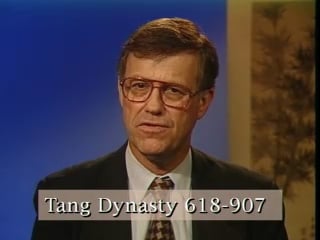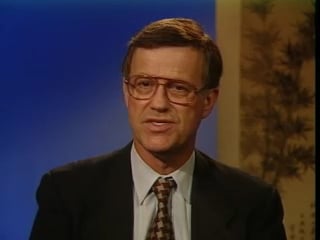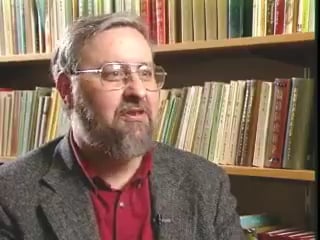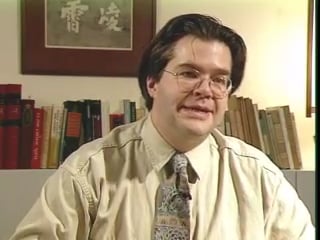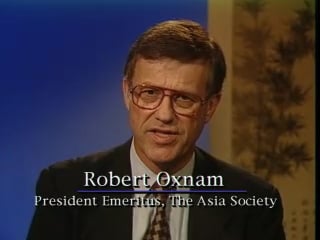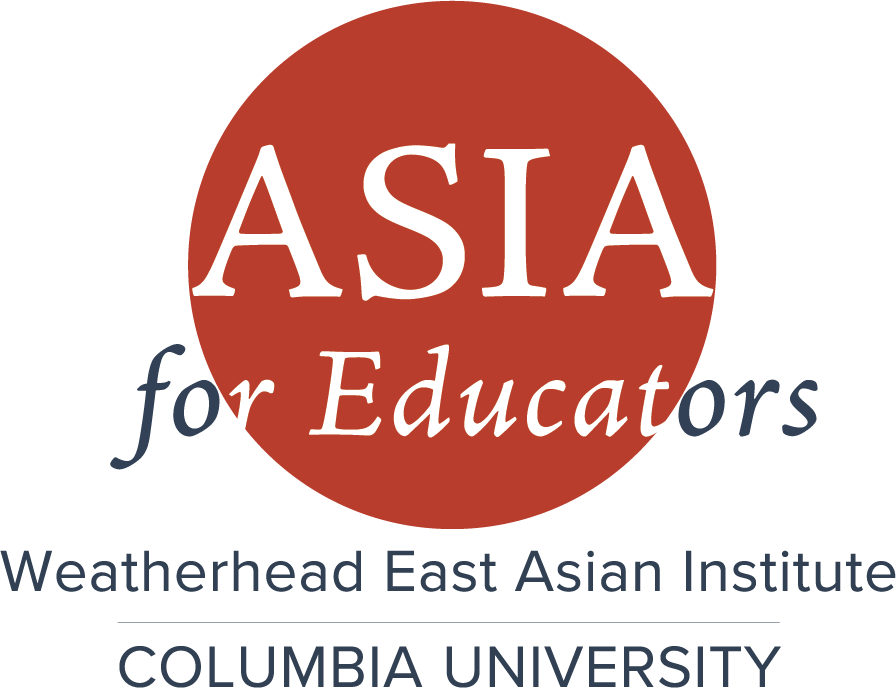Playlist: Introduction to Tang Poetry
Introduction to Tang Poetry
The Tang dynasty (618-907) reunified China after almost 400 years of political disunity that followed upon the dissolution of the Han dynasty in 220. During the Tang era, Eurasian exchange flourished across what has become known as the "Silk Road," contributing to the grand cosmopolitan culture of the Tang age.
Transcript
Robert Oxnam: The Tang dynasty, which lasted from 618 to 907, is often referred to as China's golden age. Indeed Chinese culture flourished under the Tang, and Tang poets are perhaps the best known and most revered of all Chinese literary figures.
David D. W. Wang: Poetry reached its peak in the Tang Dynasty, roughly from the seventh to the ninth century. By that time, poetry had been instituted as the most important literary and social genre.
Poetry and the Civil Service Examination
Transcript
Robert Oxnam: In the year 680, composition of poetry was introduced as one of the requirements in the civil service examination that was used to recruit candidates outside of the governing elite for civil service.
Many scholars today believe that the dramatic increase in the production of poetry that occurred at this time was related to the exam requirement.
Stephen Owen: To choose a member of the elite, to participate in the government in the Tang, and here we should remember that in the Tang there was an aristocratic society and that if your parents were nobility or high officials or powerful military people, you didn't have to take the examination. But for those who hoped for some social mobility, there was the examination system. And among the requirements of the examination system was the composition of poetry, very bad poetry, highly stylized poetry, but what it meant was that at least the technical competence in writing poetry was necessary for anyone who hoped to rise in the government in the Tang dynasty.
Poetry in Everyday Life
Transcript
Robert Oxnam: Under the Tang, the writing of poetry then became a feature of everyday life in China.
Stephen Owen: What you begin to find is that poetry's use in society begins to extend into many areas that it had not been used before.
If you went to visit somebody, and the person wasn't home, you would leave a poem saying, "Visiting the recluse and not finding him in." When you went to parties, you were supposed to write poetry. When you went out as a group to visit some sightseeing spot, you wrote poetry. If a friend was leaving the capital and going on a journey, he and his friends would all go out a certain distance on the journey, stop, have a banquet and write poetry.
"At Yellow Crane Tower," by Li BoAn old friend takes leave of the west at Yellow Crane Tower,
in misty third-month blossoms goes downstream to Yang-chou.
The far-off shape of his lone sail disappears in the blue-green void,
and all I see is the long river flowing to the edge of the sky.
Even though one often stresses the role of the poet examination poetry in spreading and raising the importance of poetry in the Tang, the real fact is that to participate in Tang society, to be invited to general so-and-so's house or minister so-and-so's house required that you be able to write a much better kind of poetry, less formal kind of poetry. It was a means that aided social mobility in a much broader scale than simply in the examination system.
Paul Rouzer: Perhaps one of the most distinctive things about Chinese poetry as it was practiced in pre-modern times was the fact that everybody composed it. Basically all educated people who could read and write composed poetry at some time or another. And felt that it was a very important part of their education.
Regulated Verse
Transcript
Paul Rouzer: Almost all Chinese poems are written in couplets. That is, every two lines tend to form a separate poetic idea or a separate statement. And these couplets basically form discreet ideas.
Consequently, when you read a Chinese poem, you're often very much aware of how ideas fall into this very set form. Each couplet following each couplet, each idea basically split off from the other idea.
Up until the Tang dynasty, couplets could be of any particular length. Poets could write poems of only two couplets, they could write poems of sixteen couplets, they could write poems of fifty couplets. There was no particular rule telling them now long a poem could be. A poet basically expressed what he wanted to express in a poem, and then he stopped.
In the Tang dynasty however, many experimental poets became increasingly interested in more strict rigid forms. And they developed a particular kind of verse that was an important, very important type of Chinese verse for the rest of the tradition. This was the so-called "regulated verse." A poem was basically confined to four couplets.
The “Three Teachings” and Three Prominent Poets of the Tang Era
The three most prominent poets of the Tang era all lived during the eighth century:
Wang Wei from 699 to 761; Li Bo from 701 to 762; and Du Fu from 721 to 770.
Transcript
Robert Oxnam: During the Tang era, Buddhist teachings were translated and increasingly taught and followed. Buddhism became the third strand of China's philosophical-religious braid.
Buddhism emphasized the transience and impermanence of life, while Daoism emphasized abandonment to the Way found in nature. Confucianism stressed moral responsibility and service to the state.
These were the "Three Teachings" that informed the thought and behavior of not only the emperors of the Tang but also of the Chinese literati.
These three traditions are reflected in the poetry of the three most prominent poets of the Tang: Wang Wei, Li Bo, and Du Fu. Wang Wei, the first of the triumvirate, continued the tradition of "poetry of retreat" while actually serving in the Tang court.
About the Speakers
Robert B. Oxnam
President Emeritus
Asia Society
David D. W. Wang
Edward C. Henderson Professor of Chinese Literature, Harvard University
Bibliography
The Art of Chinese Poetry
By James J. Y. Liu
Chicago: The University of Chicago Press, 1962
The Columbia Book of Chinese Poetry: From Early Times to the Thirteenth Century
Translated and edited by Burton Watson
New York: Columbia University Press, 1984
The Great Age of Chinese Poetry: The High T’ang
By Stephen Owen
New Haven: Yale University Press, 1981
Poems of the Late T’ang
Translated by A. C. Graham
Baltimore: Penguin Books, 1965
The Poetry of the Early T’ang
By Stephen Owen
New Haven: Yale University Press, 1977
“Tang Poetry: A Return to Basics”
By Burton Watson
In Masterworks of Asian Literature in Comparative Perspective, edited by Barbara Stoler Miller
Armonk, N.Y.: M.E. Sharpe, 1994
Related Videos
Great Tang Poets: Wang Wei (699-761)
Great Tang Poets: Li Bo (701-762)
Great Tang Poets: Du Fu (721-770)
